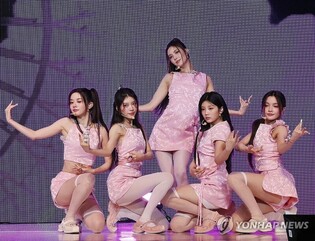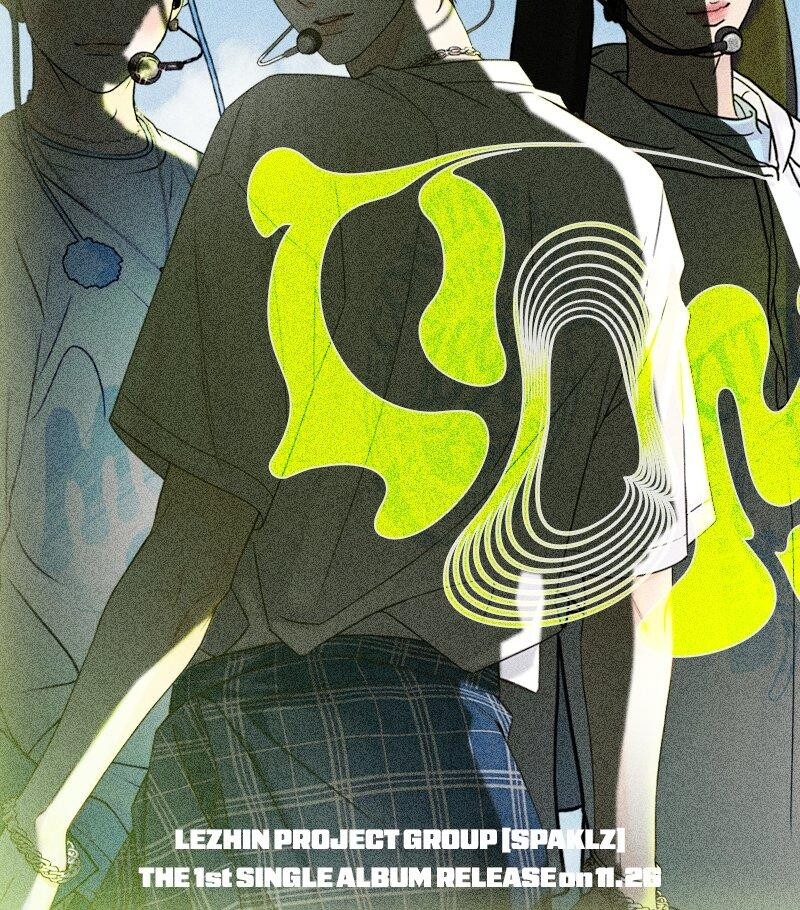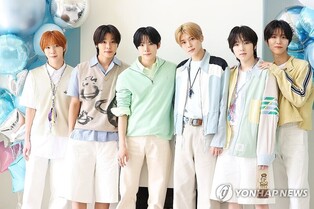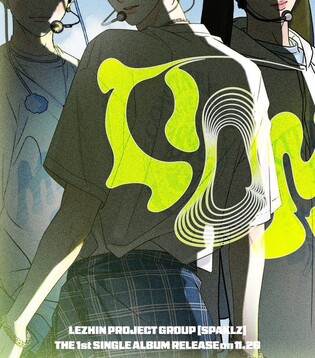*Editor’s note: K-VIBE invites experts from various K-culture sectors to share their extraordinary discovery about the Korean culture.
[Larger Than Architecture] Chapter 1. This World We Live In
Ep. 5. Ahaethaet?
By Kim Won (Master K-architect)
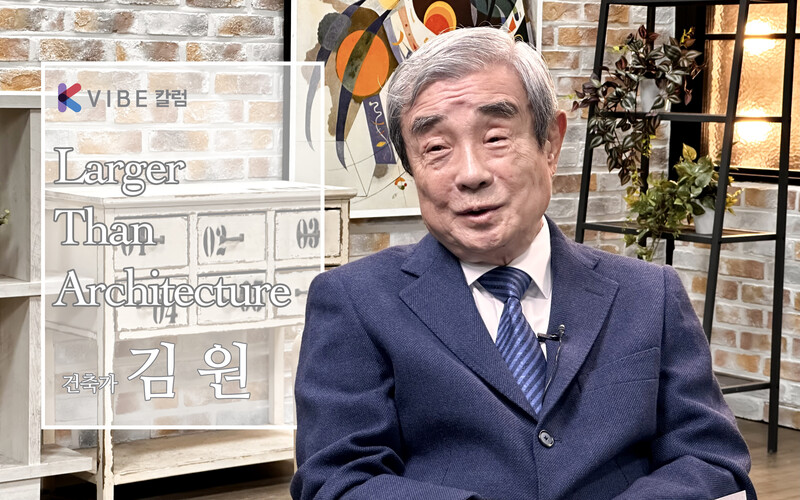 |
One evening, I asked my son, "What does 'Ahaethhaet' mean?" He didn’t respond but instead handed me a paper he wrote at school. Below is an excerpt from the mysterious report he showed me.
-The Report-
In 2002, the internet buzzword "Ahaethhaet" took the cyber world by storm. People using the term called themselves "Haetja" and claimed to be "practicing Haeng." They referred to their community as "Haetjadowon." Their language was unique, often using the archaic "~hao" form, which seemed out of place on the internet. However, it was challenging to pin down the exact meaning of "Ahaethhaet." When asked, Haetjas would simply say, "Ahaethhaet is just Ahaethhaet."
While they couldn't define "Ahaethhaet" precisely, they likened it to the Jeolla dialect term "Geoshigi," which doesn’t have a specific meaning but can refer to many things. The "Ahaethhaet" phenomenon became a cultural trend with around 400-500 simultaneous users on related websites. To understand "Ahaethhaet," one must first know about DC Inside (www.dcinside.co.kr), where "Ahaethhaet" originated and which remains the Haetjas' home base.
DC Inside is a site filled with information about digital cameras and high-quality visual content. It has become a successful site thanks to active group purchases. The site’s Yookpi Gallery, where "Ahaethhaet" first appeared, attracts over 80,000 visitors daily. Users, who often describe themselves as "cyber recluses," form a tight-knit community.
These Haetjas, numbering in the tens of thousands, demonstrate the power of "Ahaethhaet." They sometimes band together to crash servers of websites that malign their community or misrepresent Korea. Critics argue these actions are just aimless mischief and a passing trend, while some see it as a form of linguistic degradation.
Before "Ahaethhaet" became popular, DC Inside users were already creating a unique digital image culture in the Yookpi Gallery. They produced provocative images that challenged social conventions. As digital natives, they quickly adopted digital cameras and Photoshop to create and communicate through altered images. The site now also hosts discussions on social issues, engaging both technically-minded and humanities-oriented netizens. Despite the site's complex development, visual communication remains predominant, evolving beyond simple linguistic logic.
Haetjas, or self-proclaimed "recluses," see themselves as training in "Haeng" through their lifestyle. They liken the concept of "Haeng" to a spiritual pursuit, calling the ultimate attainment "Deukhaet." They train rigorously to achieve this state. Their daily routines include enjoying Zen-like dialogues, eating instant noodles (called "noodle Haeng"), and living a nocturnal lifestyle ("night activity, day sleep").
One notable aspect of their culture is the "Reply Culture," particularly the "First Reply Game," where users compete to post the first comment regardless of the content. While some see this as a trivial pursuit, it thrives in the bustling DC Inside environment.
Despite their self-proclaimed reclusiveness, most users are in their 20s and 30s, including students, IT professionals, and regular office workers. The participants of "Ahaethaet" have cultivated a distinct culture, significantly boosting user loyalty through the continuous reproduction and consumption of new icons within their community. This process fosters a strong sense of connection among users, forming what can be termed as a "participatory relationship." Even though individuals may engage with "Ahaethaet" in solitude, they are, in their imagination, connected with past, present, and potential future audiences.
For these participants, "Ahaethaet" does not serve merely as a marker of understanding or lack thereof but rather acts as a relational medium. By acknowledging an image as an entity, users form connections with others. Therefore, "Ahaethaet" cannot be used as a religious symbol but instead represents a space where users' desires for an alternative temporal and spatial reality, free from competitive relationships and hierarchical structures, are realized.
The surge in popularity of "Ahaethaet" since last summer has been a notable internet phenomenon. The term "Ahaethaet," along with other seemingly nonsensical words like "ssaewooda" and "bangbeophada," and the viral images of "Gaebyeogi" (a dog peeking through a wall), "Gaejooki" (a dog riding bamboo), "Seungeobhaetja" (an enlightened being), and "Shingu Haetja" (a new enlightened being), have become widespread. Despite its popularity, the aggressive behavior associated with this trend has led to both support and opposition.
Before forming an opinion on this phenomenon, it is crucial to understand its origins. The emergence of the internet marked a revolutionary shift in our society. Previously, communication was unidirectional, with limited means for the general public to voice their opinions. In this context, the internet provided a technological and physical foundation to overcome these limitations.
The internet, just over 20 years old and widely adopted only in recent years, has created a landscape where old and new orders clash. This dynamic environment leads to various issues, sometimes challenging existing power structures, while at other times, reinforcing them. The internet's inherent characteristics—interactivity, accessibility, and mutual engagement—enable these phenomena.
The internet, however, is not inherently a space for moral guidance but rather an alternative platform for communication. Effectively utilizing this new medium is crucial for addressing the rigid structures of our society.
What we need is not just to indulge in simple enjoyment, but to engage in meaningful actions that challenge existing power structures. We have the right to fully enjoy this space, and no one can stop us. Through this enjoyment, we become more adept at using the internet. Maximizing our ability to utilize this space empowers ordinary people to voice their opinions and transcend existing hierarchies.
In this sense, the future looks optimistic. So far, we have enjoyed the internet through play and have used it to express our voices. For instance, the ongoing controversy surrounding the U.S. military armored vehicle incident shows that traditional media and society are now following the lead of netizens. Although it was an incident they wanted to hide, netizens have ensured that our voices are heard on topics we care about.
The candlelight vigil initiated by a netizen with the ID "Angma" and posted on just three sites eventually brought thousands of people to Gwanghwamun every night over the past two weeks. On December 7, over 10,000 people gathered, and their cause, formed online, could not be stopped from protesting in front of the U.S. embassy.
Although this may not directly relate to the "Ahaethaet" culture, it demonstrates how active internet use can transform our society. The "Ahaethaet" culture from DC-Insider shows the potential for societal change through the destruction of symbols and the expression of new ideas.
Upon reading this, I was quite taken aback by my own ignorance, arrogance, and outdated prejudices. Criticisms of language destruction are secondary. Language, like a living organism, grows and changes. If the younger generation consistently uses terms like "Angma" or "Ahaethaet," the standard language might eventually adapt. Therefore, "Ahaethaet" might one day be listed in the dictionary as a new term of our era. The disappointment and concern from older generations, who label this as language destruction, are only temporary.
The younger generation is shaping their own era. By the end of that year, on December 31, the candlelight vigil exceeded 1 million participants. A single line from Angma’s website (“Let’s cover Gwanghwamun with candlelight”) turned into an international diplomatic issue, shaking the nation. Although the unified demonstration planned for January 4 quickly dissipated, the youths showed their ability to unite fiercely.
These "kids" may have grown up free from hardships, being honest, cheerful, and selfish, but they also know how to unite in a terrifyingly effective way. Indeed, the world, ways of thinking, and language are changing in the 21st century. Their participation, even in this manner, contributes to sustaining a beautiful and healthy world.
(C) Yonhap News Agency. All Rights Reserved




















